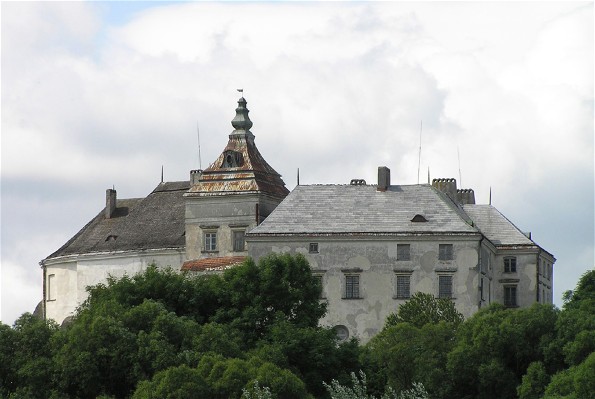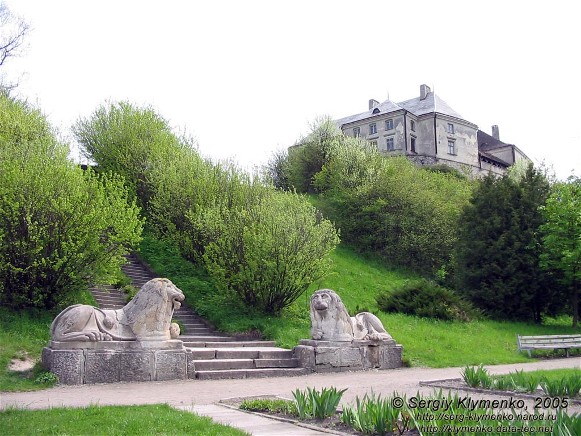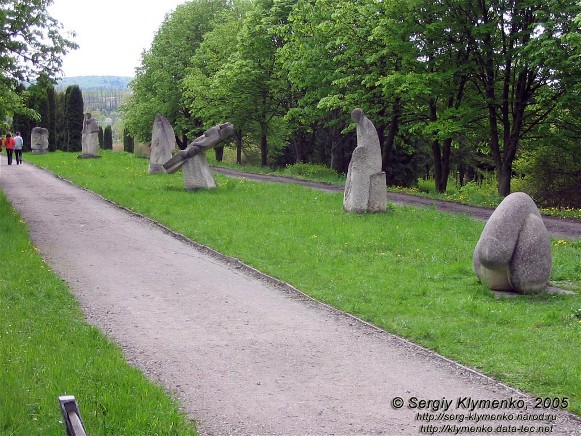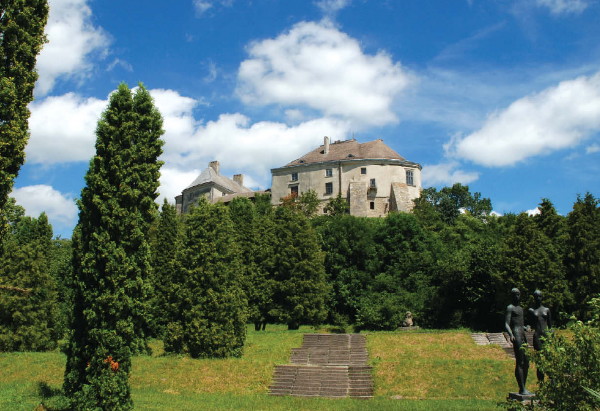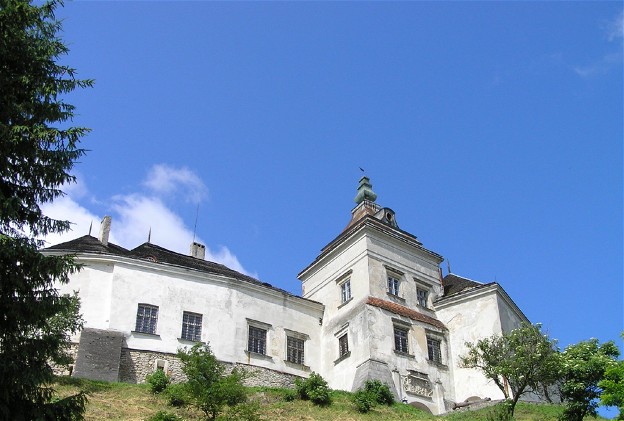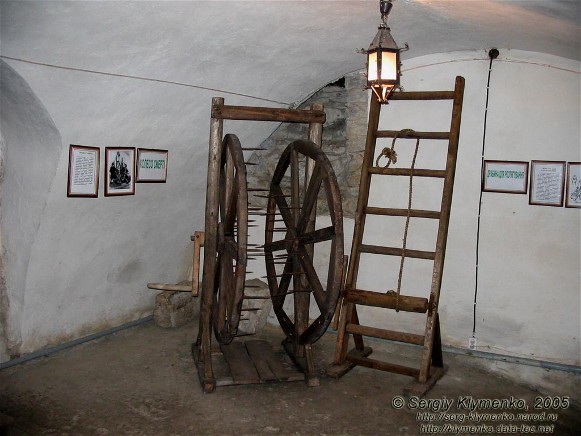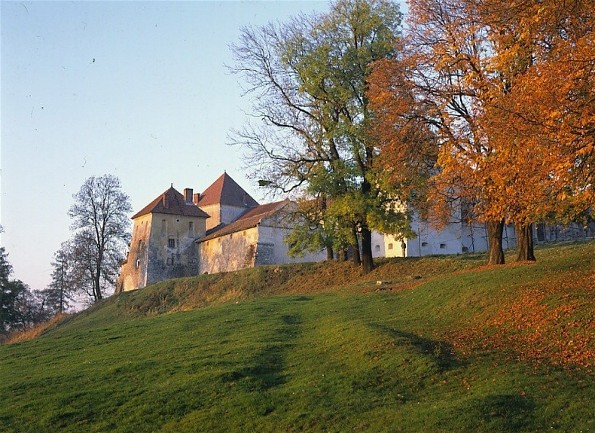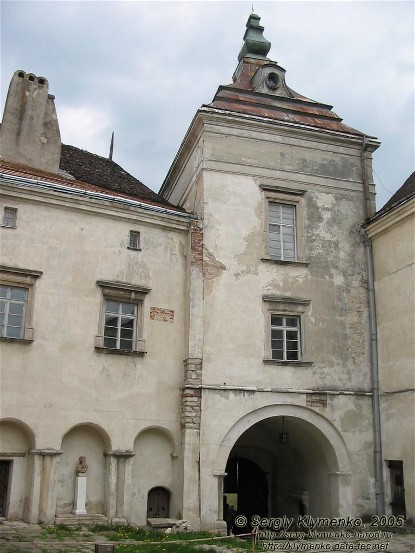Olesko
Olesko [Oles’ko]. Map: IV-5. A town smt (2001 pop 1,793) in Busk raion, Lviv oblast. Traces of settlements dating from the Bronze Age and the 12th and 13th centuries have been uncovered at the site. Olesko is first mentioned in historical documents in the mid-14th century, when it was under Polish rule. In 1370–7 it belonged to the Lithuanian prince Liubartas. The Poles occupied the castle in 1432 and granted the town the rights of Magdeburg law in 1441. Located on the Kuchmanskyi Route, Olesko was often attacked by the Tatars. In 1507 and 1512 it was destroyed. The Cossacks took control of the town during Bohdan Khmelnytsky's uprising in 1648 (see Cossack-Polish War). In 1711 it was occupied by Russian troops. The town's flourishing economy of the 14th century began to deteriorate around the end of the 15th century, as the trade routes changed. In the 1680s the Polish king Jan III Sobieski, who had been born in Olesko, rebuilt the castle and tried unsuccessfully to revive the town's economy. The town's architectural monuments include a Roman Catholic church from the 15th century, a castle from the 14th to 17th centuries, and a baroque Capucines monastery from the 18th century. In 1975 the castle was restored and turned into a historical preserve (photo: Olesko castle). It houses a fine collection of Ukrainian art.
[This article originally appeared in the Encyclopedia of Ukraine, vol. 3 (1993).]
.jpg)
.jpg)
